THANH MAI PAGODA (HOANG HOA THAM COMMUNE - CHI LINH CITY - HAI DUONG PROVINCE)
Thanh Mai Pagoda, a relic closely associated with the second patriarch of the Truc Lam Zen, Phap Loa Ton Gia, was ranked as a national historical and cultural relic by the State in 1992
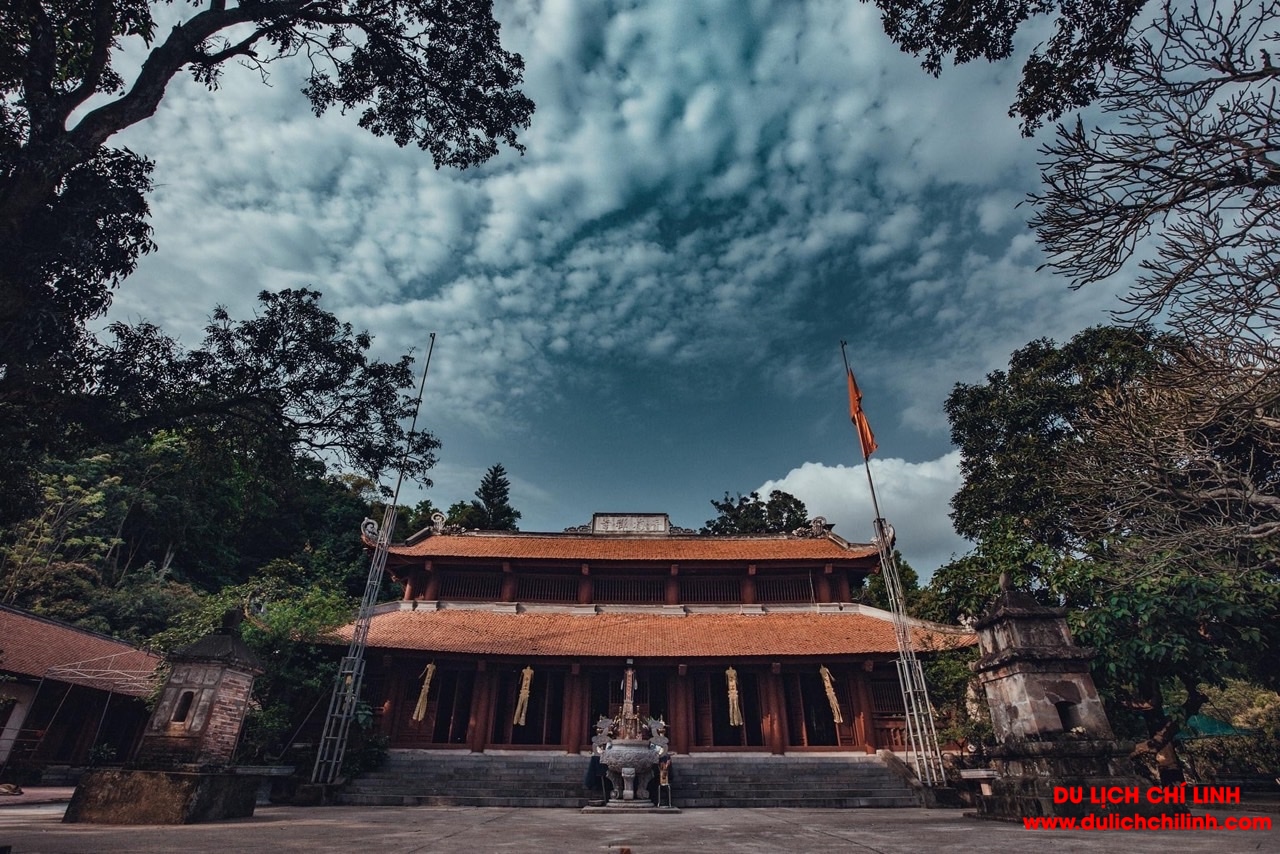
Founded in the 13th century, Thanh Mai Pagoda is located on the slopes of Phat Tich mountain, also known as Tam Ban Mountain (a series of connected mountains between Hai Duong, Bac Giang, and Quang Ninh provinces). Thanh Mai Pagoda is a famous historical site and a center of Buddhism during the Tran dynasty, along with the system of temples belonging to the Dong Trieu branch, such as Yen Tu, Quynh Lam, Con Son, Bao An, and Vinh Nghiem. These were major religious centers where the Truc Lam Zen propagated the Buddhist teachings.
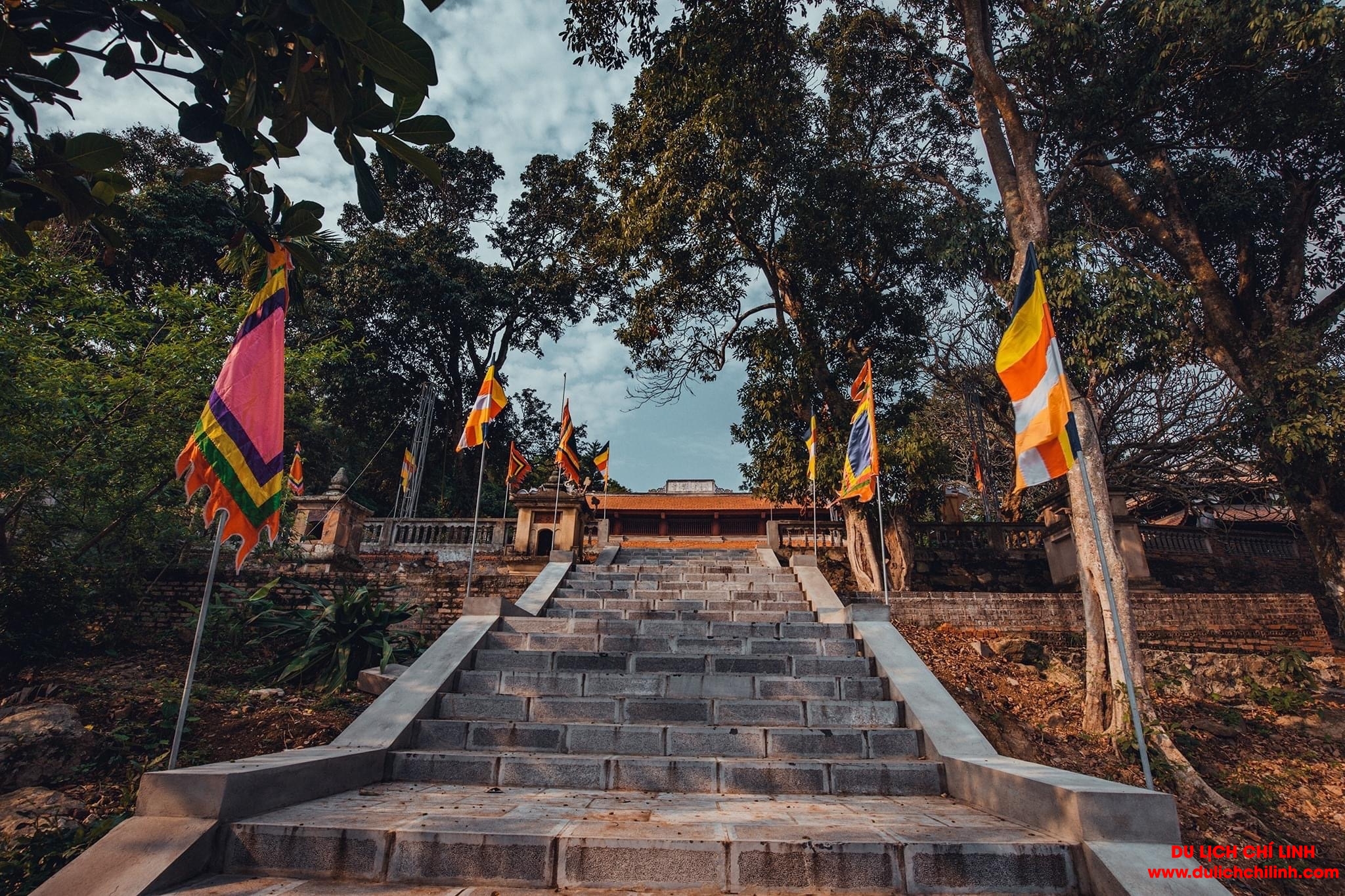
Through the process of archeological fieldwork, scientists have discovered that about 400m north of the main pagoda is an architectural system and a number of relics dating back to the Tran Dynasty. This is called Thuong Pagoda, going further about 2 km to the North Hole area, there are traces of the foundation of two pagodas, the people in the area call it Bay Nen pagoda and Chin Nen pagoda. According to the inscription and bibliography, in the past, Thanh Mai was a large place of worship. However, through many times of restoration, the destruction of nature and war, the ancient temple recorded by history more than 6 centuries ago was completely destroyed. Nowadays, the pagoda has been partially restored on the foundation of the old buildings, modeled after the architecture of the Tran Dynasty.
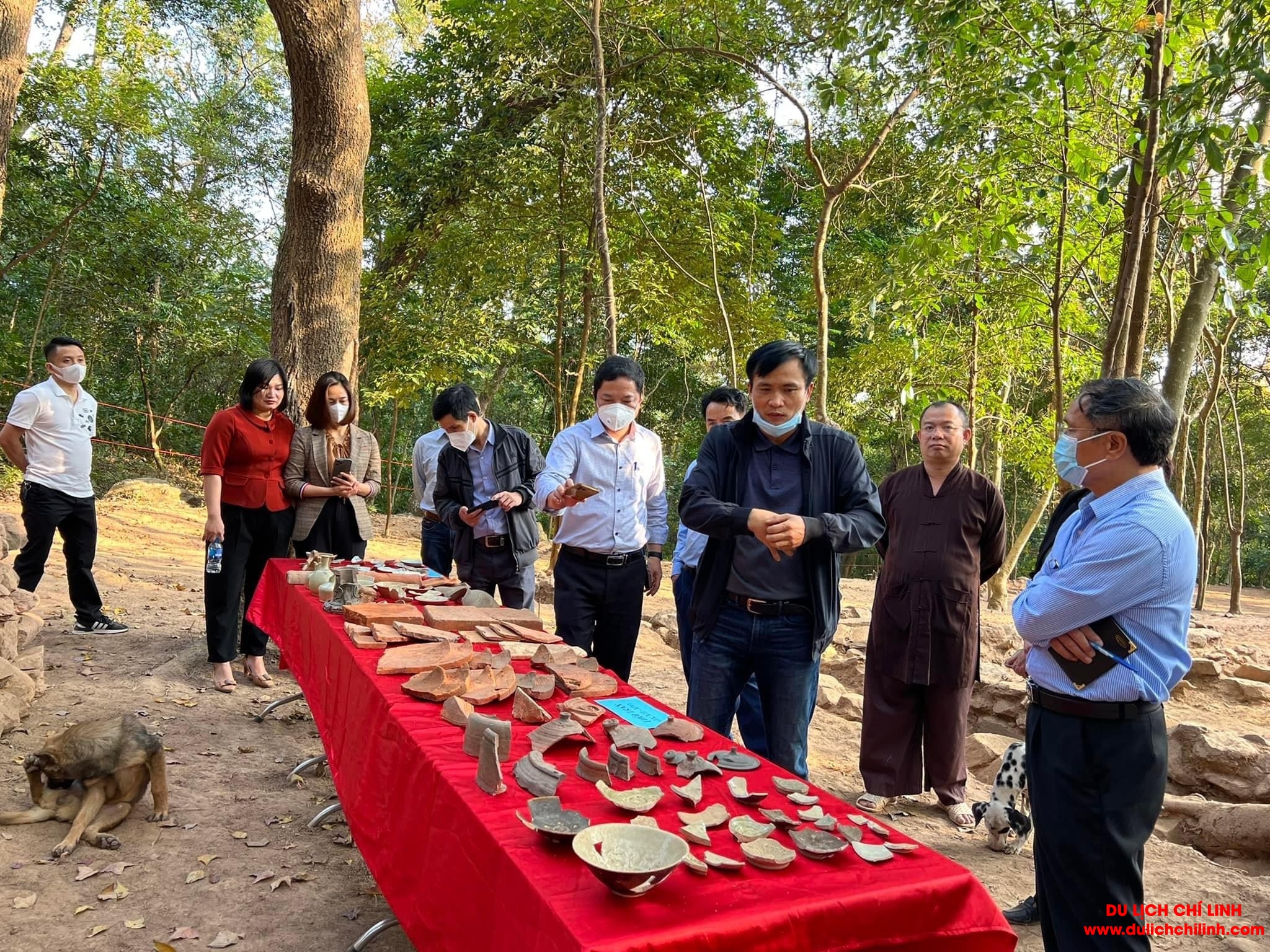
The main pagoda has the Dinh-style architecture including seven front halls and three harem compartments. The arrangement of Buddha statues here is similar to that of other temples, but most statues are new and date from the current restoration period. But it is precious that the statues on the Tam Bao court are carved very soulfully with the material of jackfruit wood. Behind is the ancestral house which worships Tam To Truc Lam and Vien Thong Stupa, where the relics of Zen master Phap Loa are stored after he passed away.
After nearly 7 centuries of existence, the architecture of the pagoda was destroyed by nature, most of the ancient relics were damaged and lost. However, some steles from the Tran and Le dynasties are still preserved at Thanh Mai pagoda:
Vien Thong Stupa Epitaph (1362)
Restoration of Thanh Mai Pagoda Epitaph (1610)
Restoration of Phat Tich Son Epitaph Inscription (1707)
Restoration of Phat Tich Son, Thanh Mai pagoda epitaph inscription (1708)
Epitaph on Pho Quang Tower (1702)
Epitaph on Linh Quang Tower (1703)
Epitaph on Vien Thong Tower (1718)
Among the 7 epitaphs, Thanh Mai Vien Thong Sputa Epitaph is the most precious stele, carved in the 5th year of Dai Tri (1362) and recognized by the Government as a National Treasure on December 22, 2016.
After nearly 7 centuries of existence, the architecture of the pagoda was destroyed by nature, most of the ancient relics were damaged and lost. However, some steles from the Tran and Le dynasties are still preserved at Thanh Mai pagoda:
Vien Thong Stupa Epitaph (1362)
Restoration of Thanh Mai Pagoda Epitaph (1610)
Restoration of Phat Tich Son Epitaph Inscription (1707)
Restoration of Phat Tich Son, Thanh Mai pagoda epitaph inscription (1708)
Epitaph on Pho Quang Tower (1702)
Epitaph on Linh Quang Tower (1703)
Epitaph on Vien Thong Tower (1718)
Among the 7 epitaphs, Thanh Mai Vien Thong Sputa Epitaph is the most precious stele, carved in the 5th year of Dai Tri (1362) and recognized by the Government as a National Treasure on December 22, 2016.
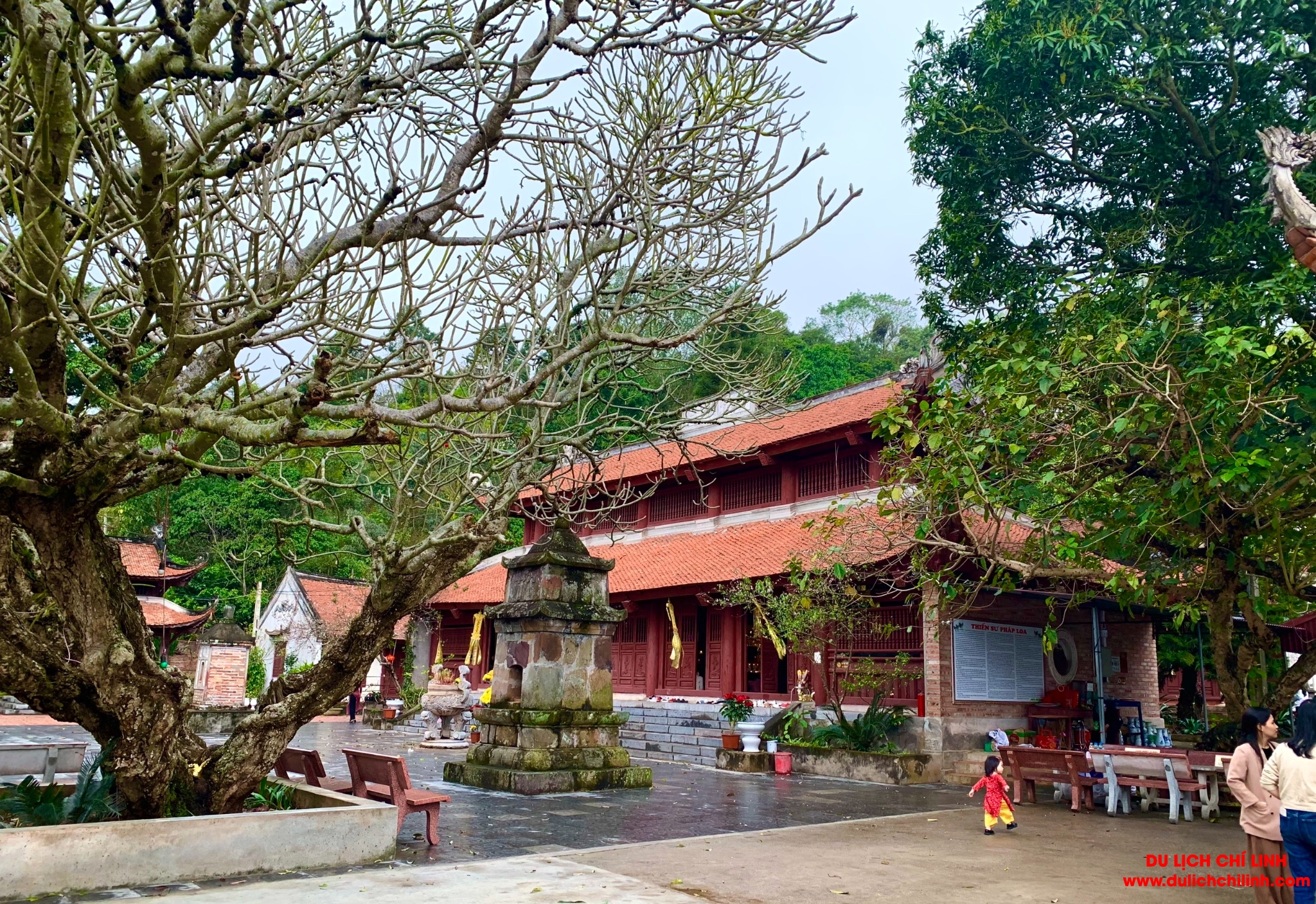
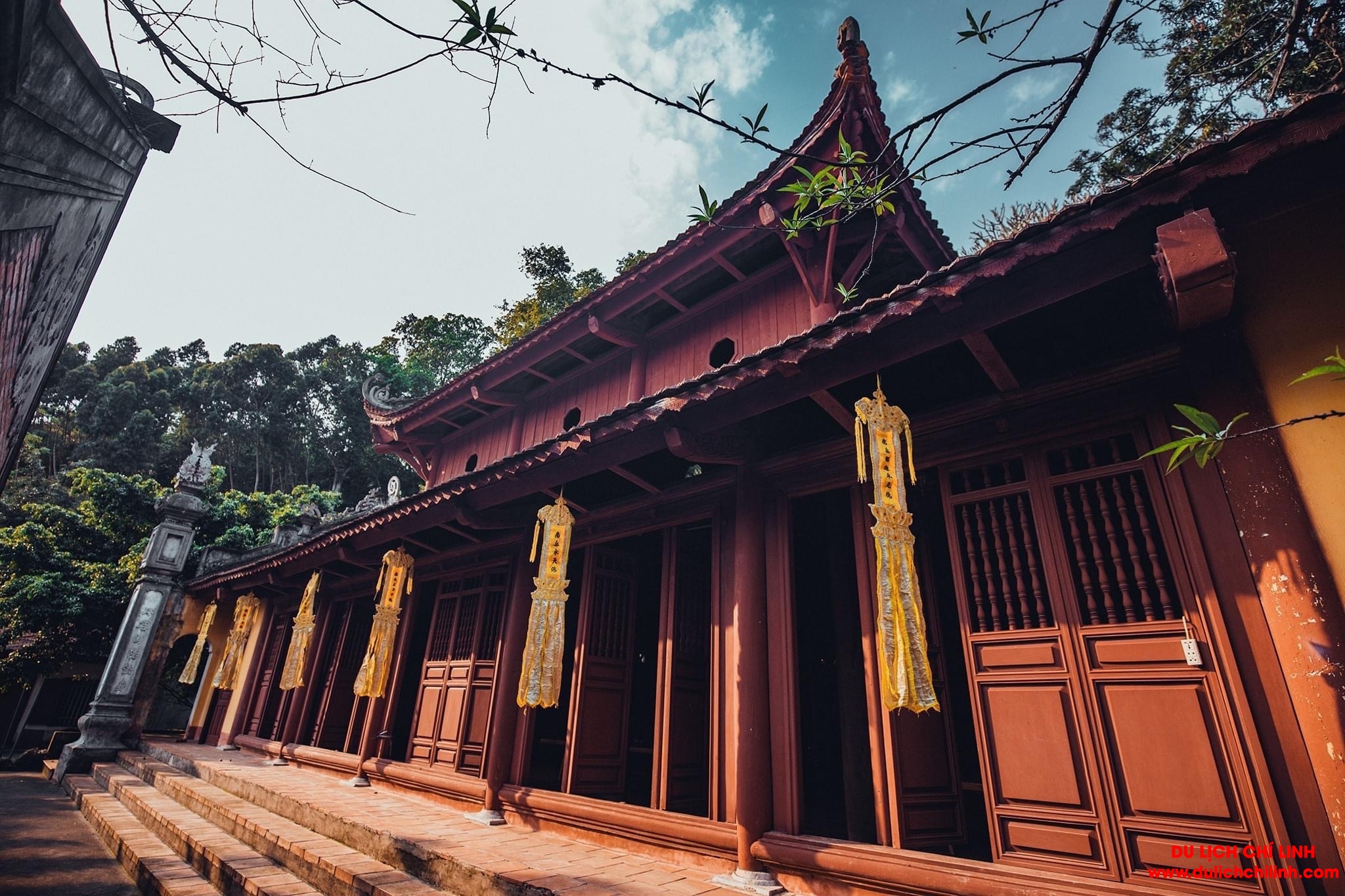
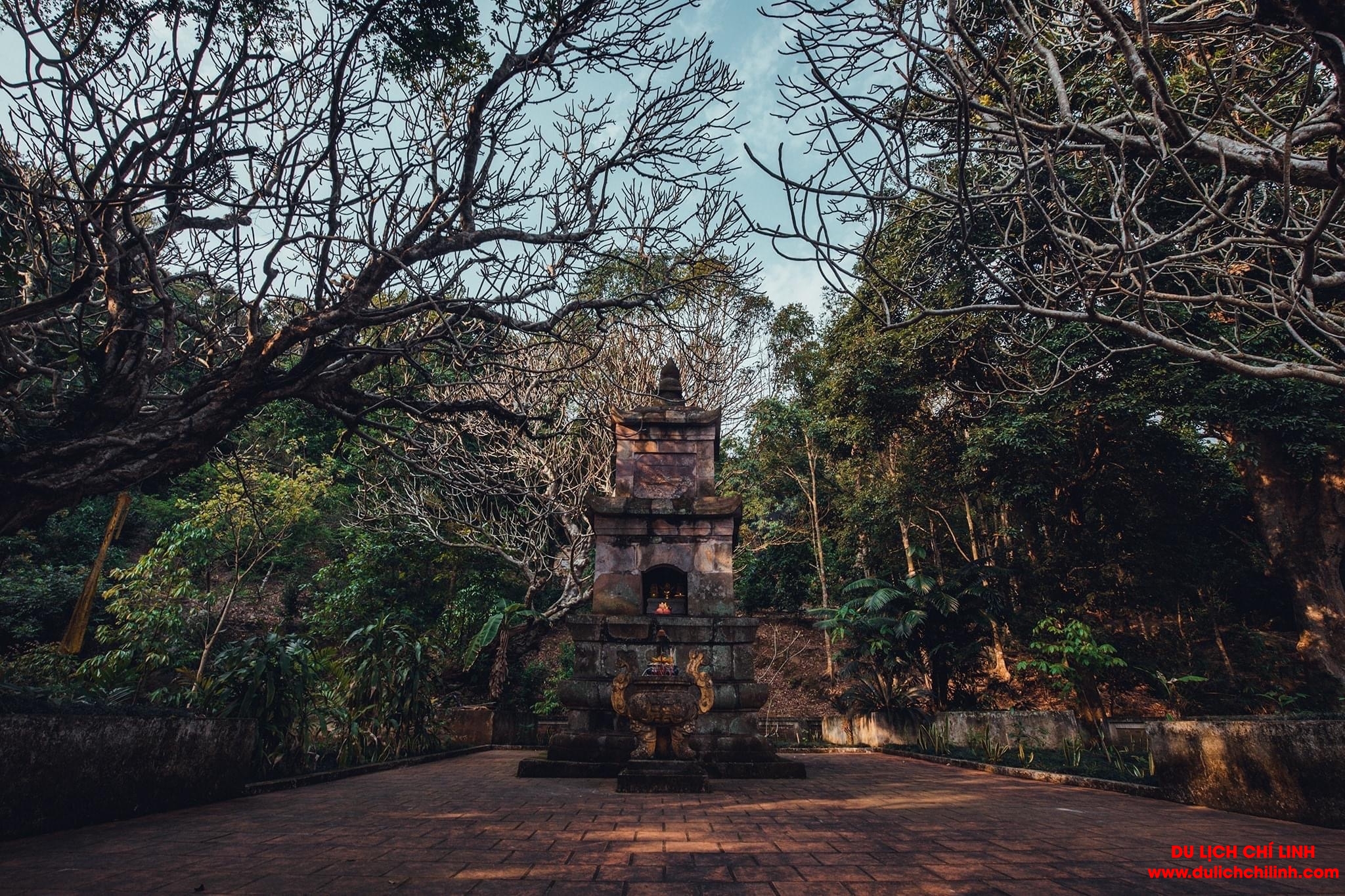
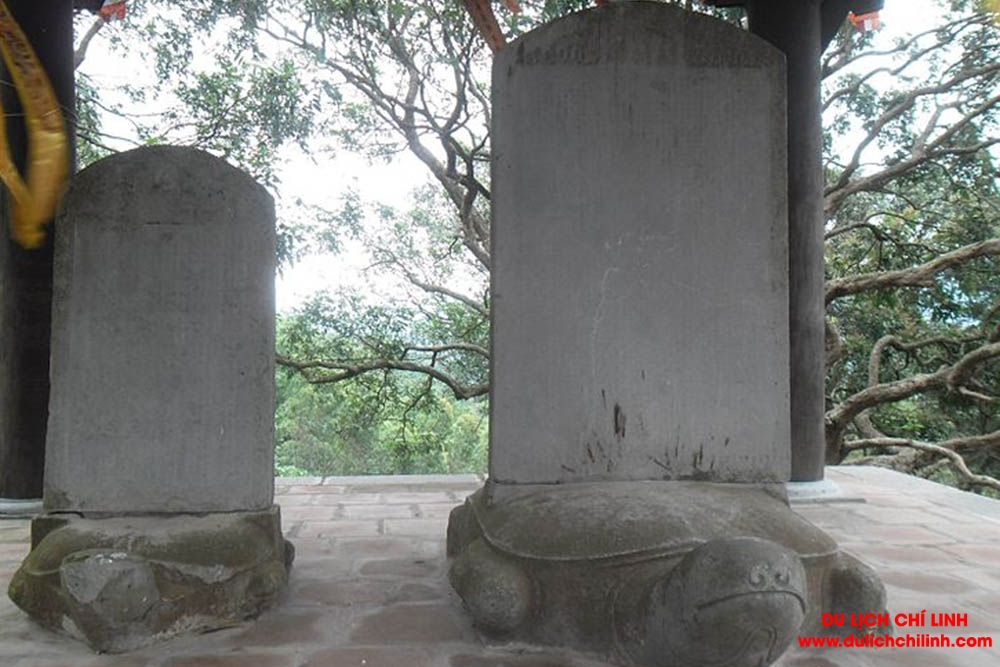
Annually there is a traditional festival on the death anniversary of Phap Loa celebated here. The festival takes place from the 1st to the 3rd day of the third lunar month, with the large participation of the Buddhist Association as well as devotees, Buddhists around the country. Coming to Thanh Mai, we not only find the spirit of Buddha but also find a lot of the natural plants. You will find your soul so peaceful and relaxed when you put your hands together respectfully for a long time in front of the top of Vien Thong Bao Thap or stand still for hours to worship and read the epitaph. Or immersing yourself in the whole forest glowing with the white color of chestnut flowers or red dyed by maple leaves. According to many people’s assessments, Thanh Mai is one of the areas that still retains the largest area of natural forest in the province with two types of trees: caneries and chestnuts as well as many precious woods such as iron wood, Lauan meranti, Chukrasia.
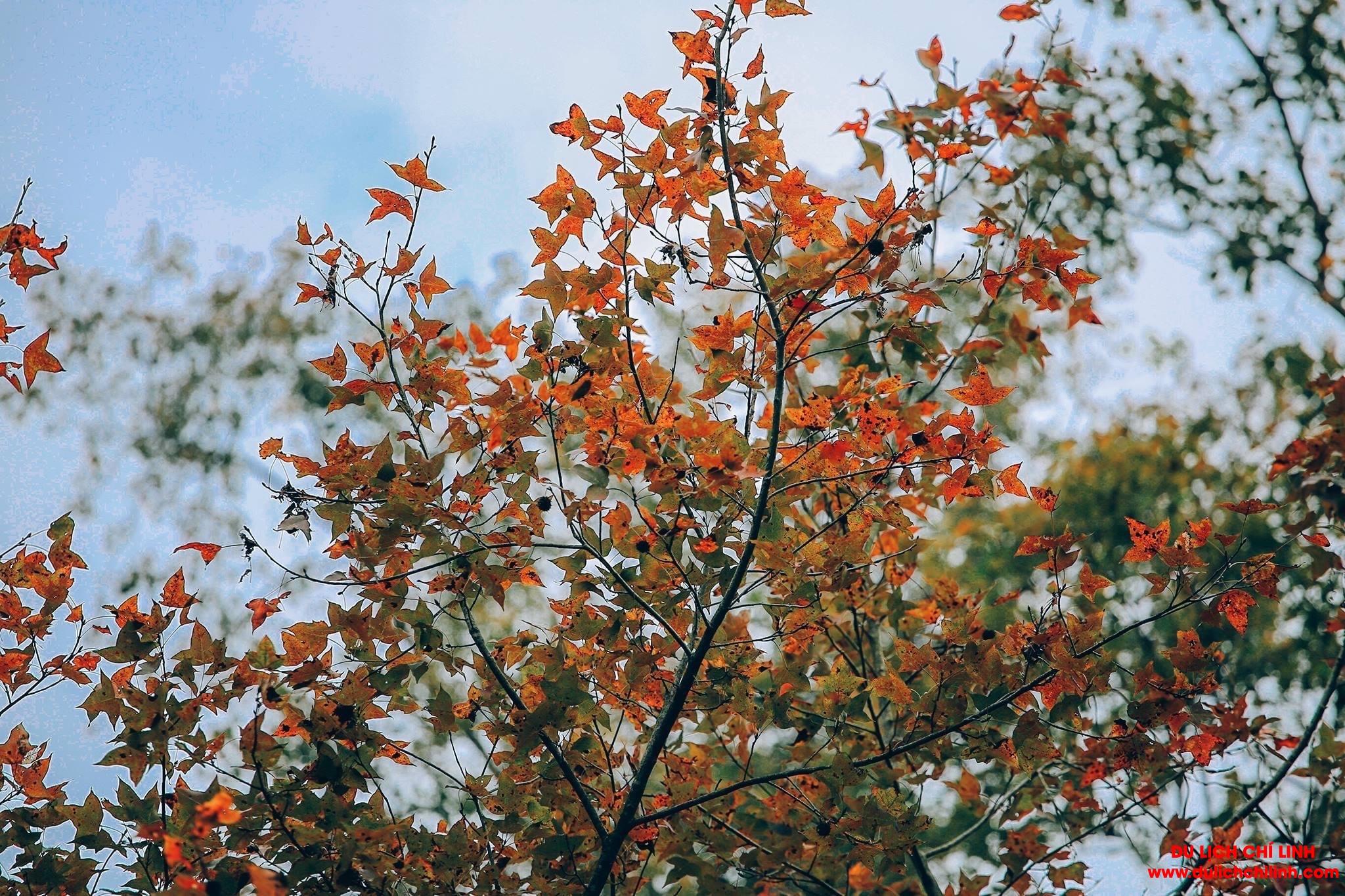
Từ khóa: thanh mai
Những tin mới hơn
Những tin cũ hơn

Cẩm nang du lịch
Bài viết được xem nhiều
Mạng xã hội


